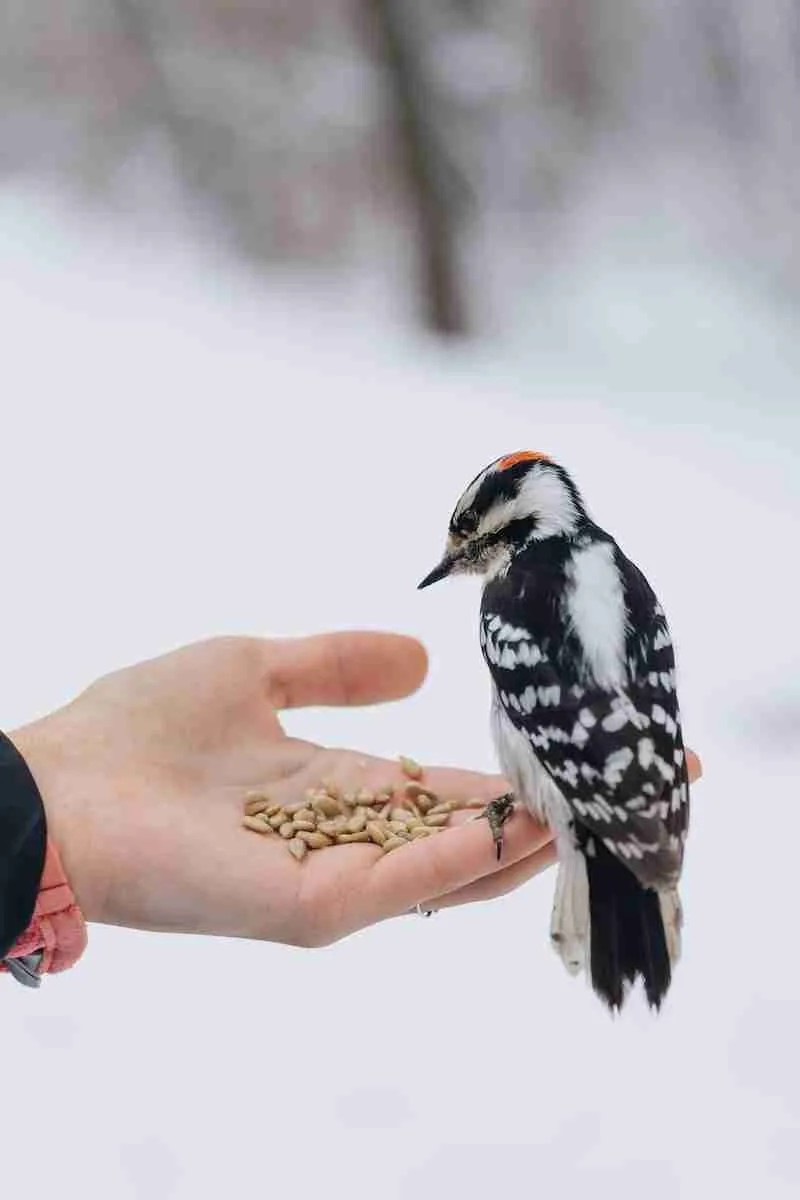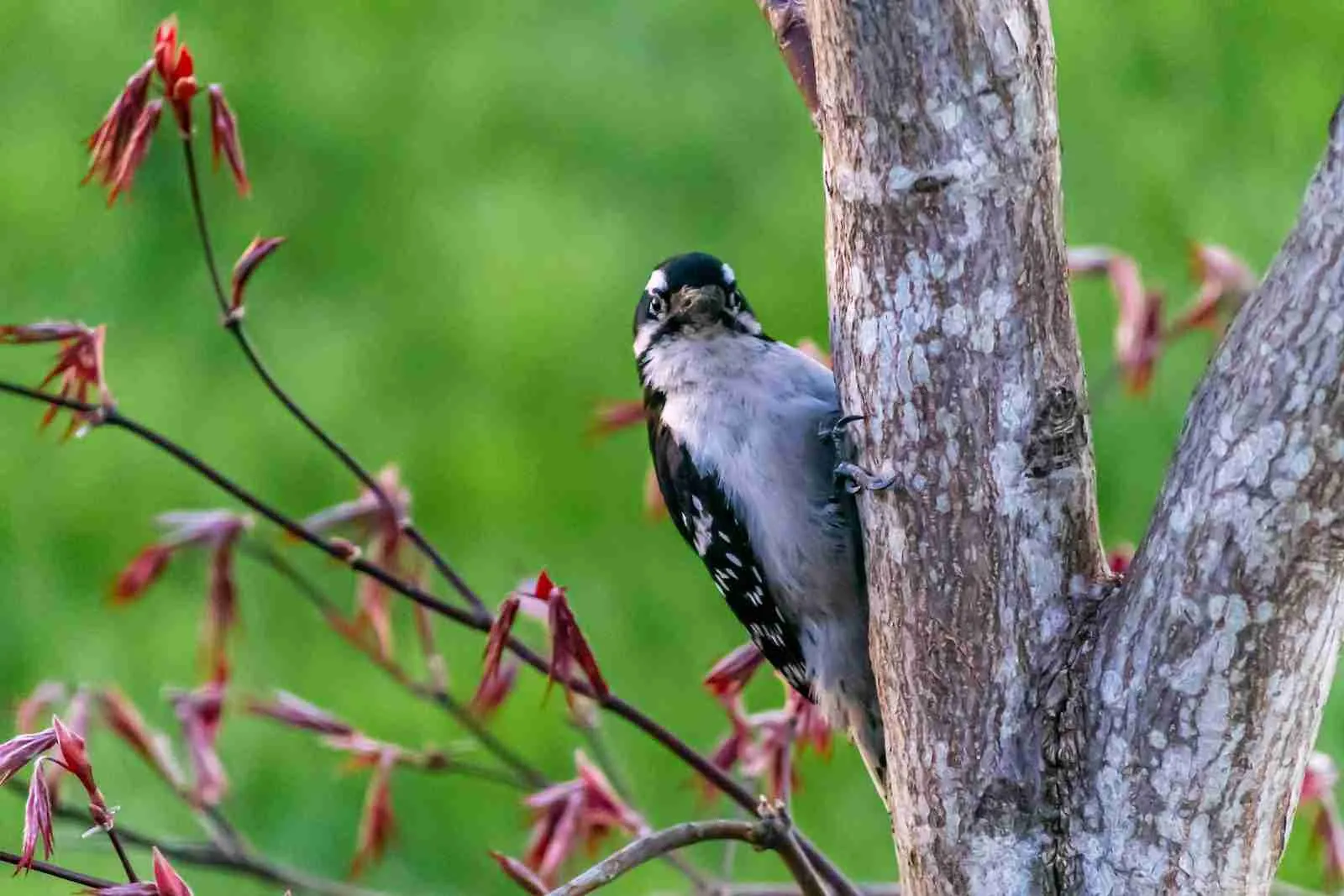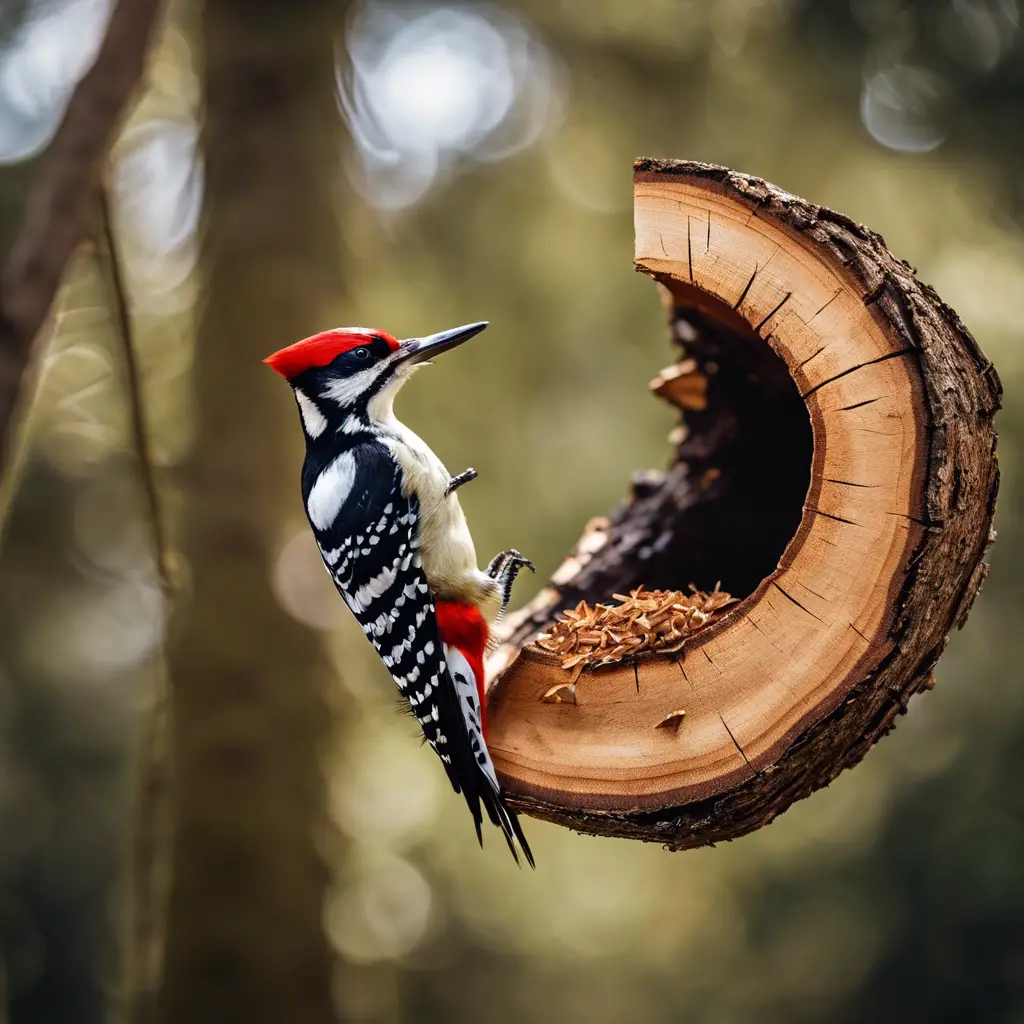The woodpeckers that stay during the colder months are not creating nests now–they’re making roosting cavities. These are small, tight hollows where they’ll shelter at night during fall and winter. Many woodpeckers roost alone in such cavities.
Woodpeckers are migratory birds, so they go south for the winter
Woodpeckers are one of the many types of birds that migrate south for the winter. Migration is a natural process that helps animals to survive by moving to a place that has more food or less cold weather. For woodpeckers, migrating south means that they can find more insects to eat. Woodpeckers typically eat about 3,000 insects per day, so it’s important for them to be able to find a food source during the winter months.
In addition to migrating for food, woodpeckers also migrate in order to mate. Breeding season typically takes place during the spring and summer, so migrating north allows woodpeckers to reach their breeding grounds in time. By understanding the reasons behind woodpecker migration, we can better appreciate the importance of this amazing process.
They travel in large flocks and can be seen flying in formation
When most people think of birds, they picture small creatures flitting from branch to branch in search of insects or seeds. However, there are also many species of birds that travel in large flocks and can often be seen flying in formation.
These birds include ducks, geese, and swans. Flocking allows these birds to travel long distances more efficiently and also provides protection from predators. In addition, flying in formation helps the birds to stay warm in cold weather and cool in hot weather. By working together, these birds are able to overcome challenges that they could not face alone.
They eat a variety of fruits and insects but especially love ants
Most people are familiar with chimpanzees from seeing them in zoos or on television. What many people don’t realize is that these intelligent animals are facing a very uncertain future. Over the past few decades, their natural habitat has been increasingly fragmented and degraded by human activity.
As a result, fewer and fewer areas are suitable for foraging and raising young. In addition, climate change is making it harder for chimpanzees to find the fruits and insects that they rely on for food. As a result, these magnificent animals are at risk of becoming extinct in the wild. We must do everything we can to protect their habitat and ensure that they have a fighting chance to survive.
Woodpeckers can be found in many different habitats, including forests, wetlands, and even urban areas
woodpeckers are one of the most widespread bird species in North America. They can be found in nearly every type of habitat, from dense forests to open wetlands to suburban backyards. One of the reasons for their success is their ability to adapt to changing conditions.
For example, some woodpecker species have learned to take advantage of urban areas, where they can find an abundance of food and nesting sites. As a result, these birds are often seen as a nuisance by homeowners. However, there are many people who appreciate woodpeckers for their unique behavior and striking plumage. Whatever one’s opinion may be, there is no denying that these birds are an integral part of our ecosystem.
Do Woodpeckers Lay Eggs During the Winter Months?
Woodpeckers, known for their distinctive drumming sounds, exhibit unique woodpecker egg laying habits. Contrary to popular belief, woodpeckers do not lay eggs during the winter months. These fascinating birds typically lay eggs in the spring or early summer, when food is abundant and climatic conditions are favorable for rearing their young.
In the winter, they typically stay near bodies of water where there is an abundance of food
In the winter, many animals migrate to warmer climates. Birds fly south for the winter, while deer and elk move to lower elevations. Bears hibernate through the coldest months. But not all animals migrate; some simply adapt their behavior to the changing seasons.
For example, beavers alter their diets and build dens that insulate them from the cold. Weasels grow thicker fur coats, and snowshoe hares turn white to blend in with the snow. Even these small changes can make a big difference when it comes to surviving the winter months. As the weather gets colder, keep an eye out for these signs of adaptation, and you’ll get a glimpse into how animals survive the winter.
Conclusion: Woodpeckers are fascinating birds that can be found in many different habitats. They migrate south for the winter, and typically stay near bodies of water where there is an abundance of food. In the summer, they can be found in forests, wetlands, and even urban areas. Woodpeckers love to eat a variety of fruits and insects, but especially ants. If you want to see these amazing birds in action, keep your eyes peeled for large flocks flying in formation!

An avid ornithologist, zoologist and biologist with an unwavering passion for birds and wild animals.
Dr. Wilson’s journey in ornithology began in childhood and led him to obtain a Ph.D. in Ornithology from the prestigious Avian Research Institute. He has worked closely with renowned experts in the field and conducted extensive research and field studies globally.




